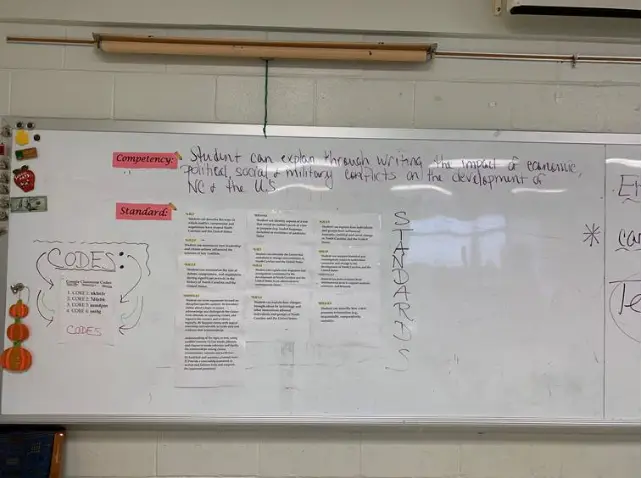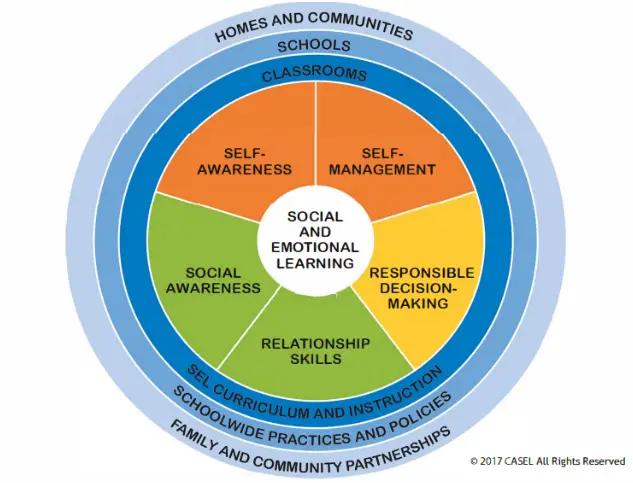The use of competencies — and more specifically, the inclusion of social-emotional competencies — at Carroll has been beneficial during this time of emergency remote learning. MacWilliams believes that if educators do not catch students when they are socially and emotionally vulnerable, then the fact that they graduate with all the academic smarts is irrelevant.
Educators must help students build capacity for resilience and thoughtfulness in their decision-making so that they can be well-rounded solution finders. This sentiment translates clearly into Carroll’s vision: that all CMMS student leaders will be prepared to reach their full potential and lead productive lives as happy, healthy, resilient problem-solvers in a complex and changing world.
There is no better time to live out this vision as education and the greater world in which students live is ever-changing and full of uncertainty. The time of educating young people in the midst of a global pandemic requires that we, as educators, look beyond just academic outcomes and into whether our students know how to identify their emotions, take the perspectives of others, and manage stress.
Considering the use of competencies outside of content standards can not only provide a foundation for students to learn academically, but to also thrive socially and emotionally.
If you have any questions about this article, feel free to reach out to Allison Redden at aredden@rti.org.




